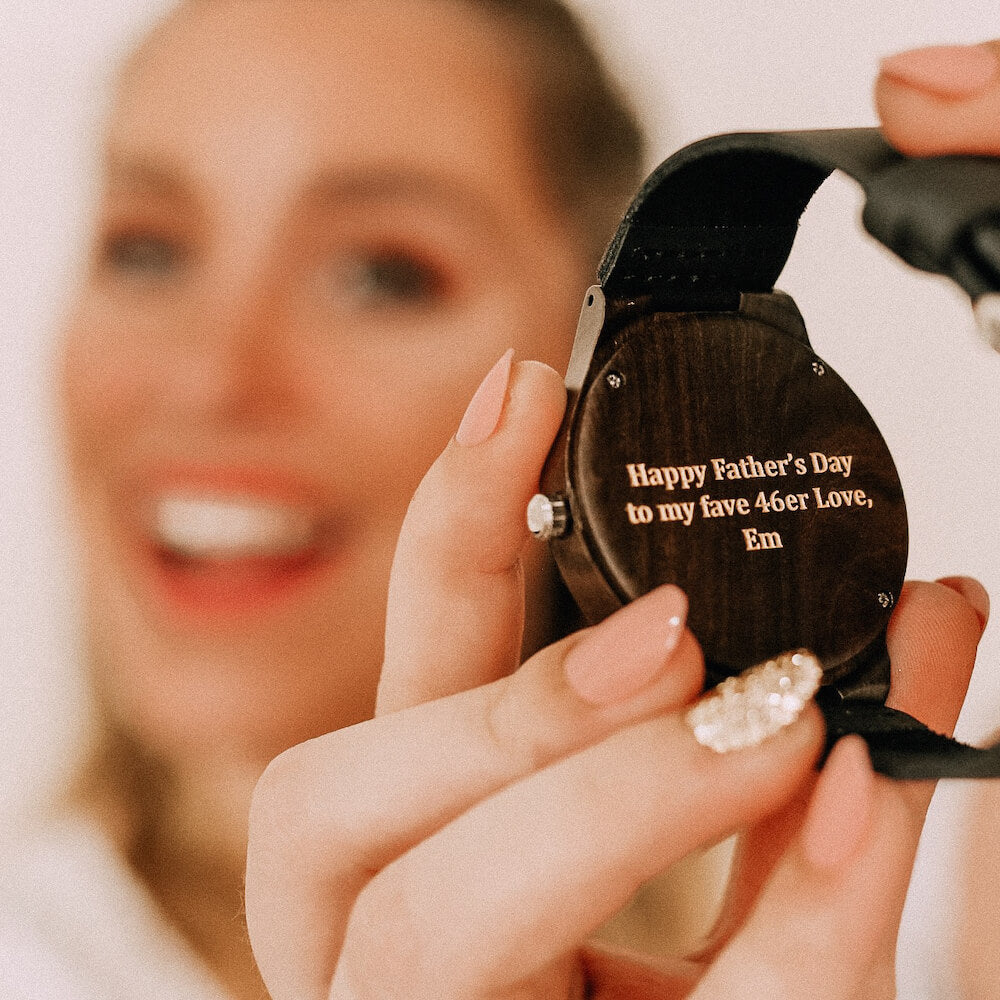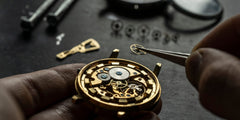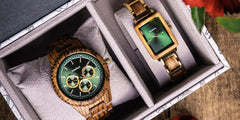Have you ever wondered how watches work? Many different parts work together to make a watch tick. It's actually a pretty fascinating process. The inner workings of watches are intricate in the way that it ensures watches can keep time. Read on for an exciting conversation about the different parts of a watch and what each one does and to explore how watches have evolved over time and how they are made. By the end of this post, you will better understand how watches work.
Watch Mechanism
The watch mechanism is the inner workings of a watch that keeps time and powers the watch's functions. The three main parts of a watch mechanism are the mainspring, balance wheel, and escapement.
The mainspring is a tightly coiled spring that stores energy. The balance wheel is a weighted wheel that oscillates back and forth. The escapement is a device that regulates the watch's movement by releasing energy from the mainspring in small, controlled bursts.
Together, these three parts work to keep time by powering the watch's functions. The mainspring provides energy to the watch, the balance wheel oscillates back and forth to save time, and the escapement regulates the watch's movement by releasing energy from the mainspring in small, controlled bursts.
With a basic understanding of how watches work, you can now appreciate all the intricate parts that come together to make your watch tick. You can check out Treehut watches have a diverse range of working mechanisms that look as fascinating as they work!
How do watches work?
The first thing to understand is the battery. The battery is what gives the watch its power. It's a small, round disc that sits inside the watch. The battery sends an electric current through the watch, which powers the movement of the hands. It also powers other watch parts, such as the alarm or timer. However, it will need to be replaced every few years, depending on how often the watch is used.
The next part of understanding is the movement. The movement is what makes the hands of the watch movement. There are two types of movements: quartz and mechanical.
The last part of understanding is the crystal. The crystal is the clear, glass-like piece that covers the face of the watch. It protects the dial (the face of the watch) from scratches or any damage. The crystal also magnifies the dial to see the time more efficiently.
How do wristwatches work?
Watches are one of those everyday items that we often take for granted. We put them on in the morning, and they keep track of the time throughout the day, whether we're at work, school, or running errands. But how exactly do these wrist-worn timekeepers work?
There are three main types of watches: mechanical, quartz, and chronograph. Treehut watches offers a great variety of these watches, and even has these options available as wooden watches. Each type of watch provides a different mechanism to power the watch and tell time efficiently.
Mechanical
A mechanical watch is a timepiece that uses a winding mechanism to store energy in a spring, which is then released to power the watch's movement. The first mechanical watches were created in the 16th century, and they became popular in the 18th century. Today, collectors and enthusiasts still value mechanical watches for their craftsmanship and design.
Quartz
The secret to how quartz watches work lies in their movement. This type of watch uses an oscillator, a small piece of quartz crystal. The crystal is cut so that it vibrates when electricity is applied to it. That vibration then powers the watch's motor, turning the gears and making the hands move. Quartz watches are incredibly accurate, thanks to the quartz crystal. In fact, they can keep time to within seconds per year. That's much better than even the most expensive mechanical watches!
Chronograph
Chronograph watches are among the most popular types of watches, but how do they work? They have a stopwatch function built-in, which allows you to time events. Here's a look at how chronograph watches work. The first thing to know about chronograph watches is that they have two hands - the regular hour and minute hand and the stopwatch hand. The stopwatch hand times events, while the regular hands show the time of day.
To use the stopwatch function, you start by pressing the button at the top of the watch. This starts the stopwatch hand moving. When you want to stop timing an event, press the button again. The stopwatch hand will stop moving, and you can see how long the event lasted.
Next time you glance at your watch, take a moment to appreciate the engineering marvel that is keeping track of time on your wrist!
Conclusion
Watches are a marvel of modern engineering and design. We can appreciate the intricate mechanics that keep us on time by understanding how watches work. Whether you’re looking to buy your first watch or just want to know more about its inner workings, we hope this article has given you a better understanding of what makes watches tick.






























